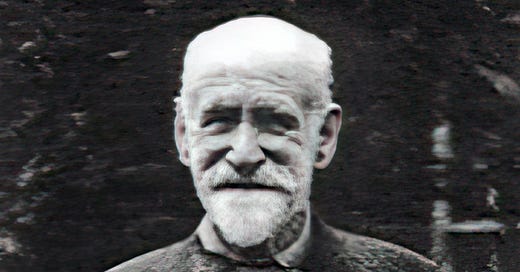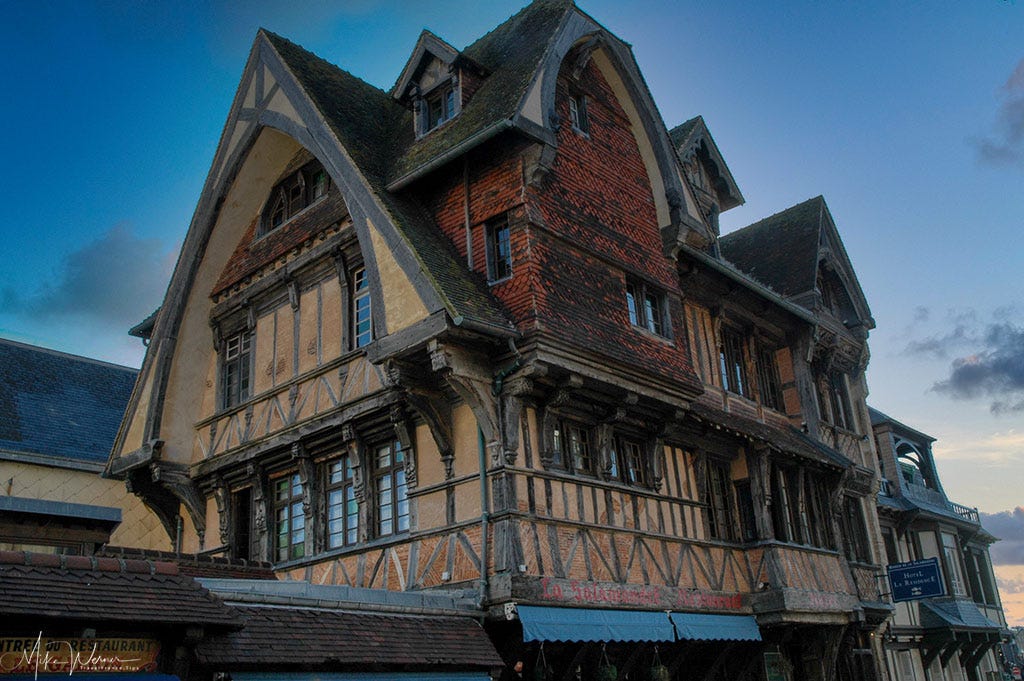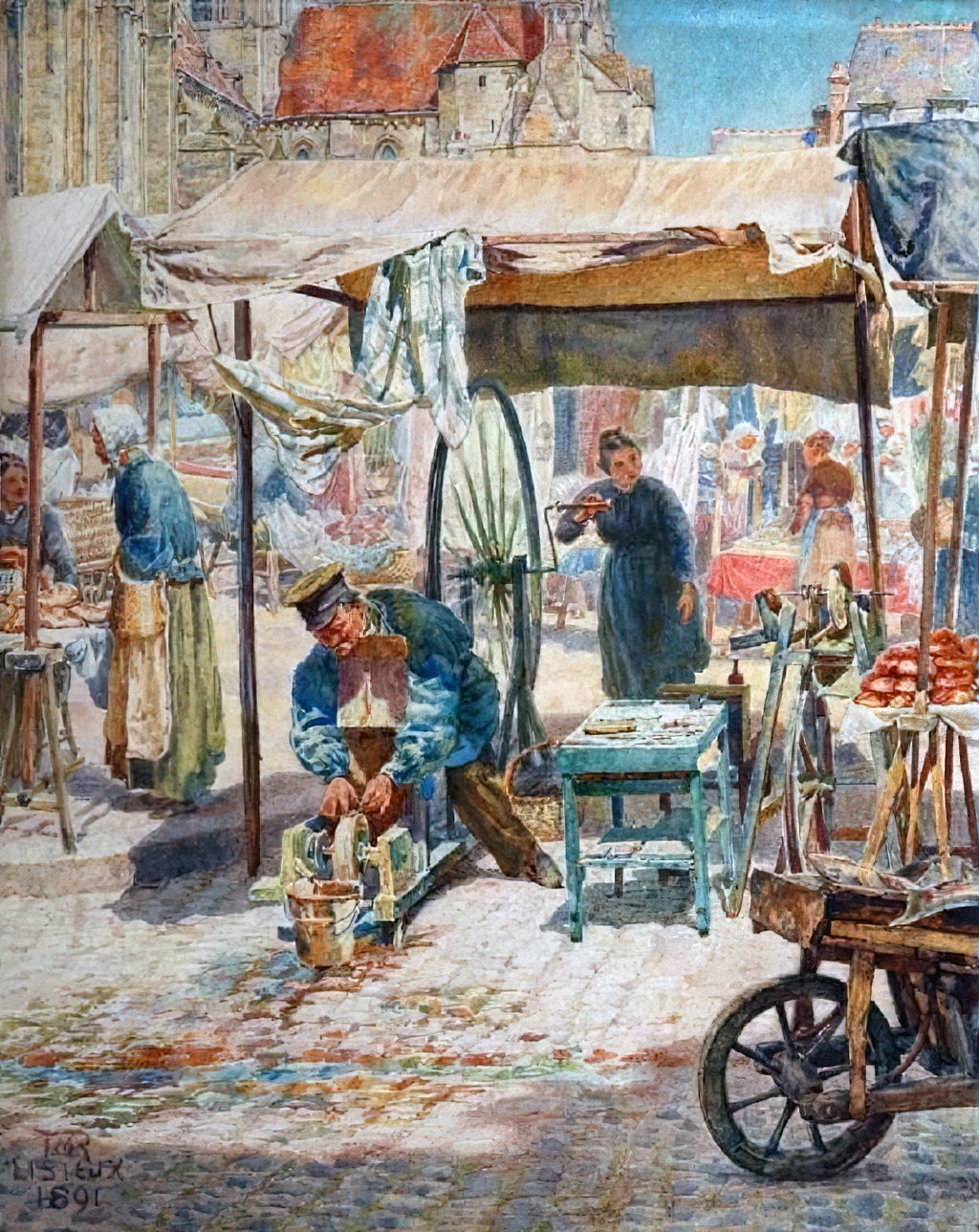Thomas Matthews Rooke was a British watercolourist born in London in 1842 and lived until 1942, reaching the age of 99. He studied at the Royal College of Art and the Royal Academy Schools and developed a career focused on painting landscapes, architecture, portraits, and biblical scenes, mainly using watercolours.
He is best known for his long-standing association with Edward Burne-Jones, serving as his studio assistant from 1868 until Burne-Jones's death in 1898. This role was not limited to technical assistance; Rooke became a close collaborator and recorded many of Burne-Jones’s conversations in his later years.
Around 1879, he was chosen by John Ruskin, likely on Burne-Jones’s recommendation, to make meticulous architectural drawings of buildings and landscapes that were at risk of destruction. Rooke continued this work for many years, contributing significantly to the visual documentation of architectural heritage.
Thomas Matthews Rooke had a notable artistic connection to Lisieux, a historic town in Normandy. In 1891 he painted a series of watercolours depicting scenes from the town, including street views and the so‑called “House of the Salamander.” These works were signed and dated, clearly showing that he visited and captured the local architecture and everyday life of Lisieux.
He exhibited his own work at the Royal Academy and the Grosvenor Gallery and was involved in artistic publications, including a notable contribution to a book in 1882 about Bedford Park, an early garden suburb that was considered quite fashionable at the time.
His son, Noel Rooke, born in 1881, became an influential figure in the British wood-engraving revival in the early 20th century.
Rooke’s dual legacy lies in his own art and in his close connections to some of the most significant figures of the Victorian art world. His work remains present in public collections, reflecting both his technical skill and his historical relevance.
TODAY: The original House of the Salamander was destroyed during World War II. However, a fairly faithful replica—built in 1912—still stands in Étretat.
These were the paintings he made in Lisieux, Normandy that we were able to find.









